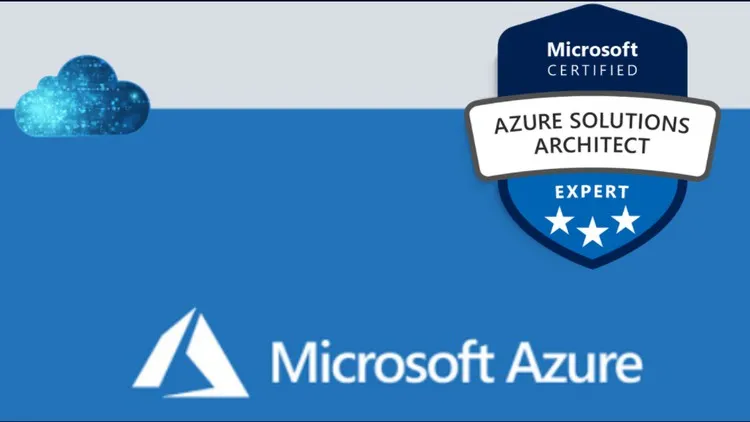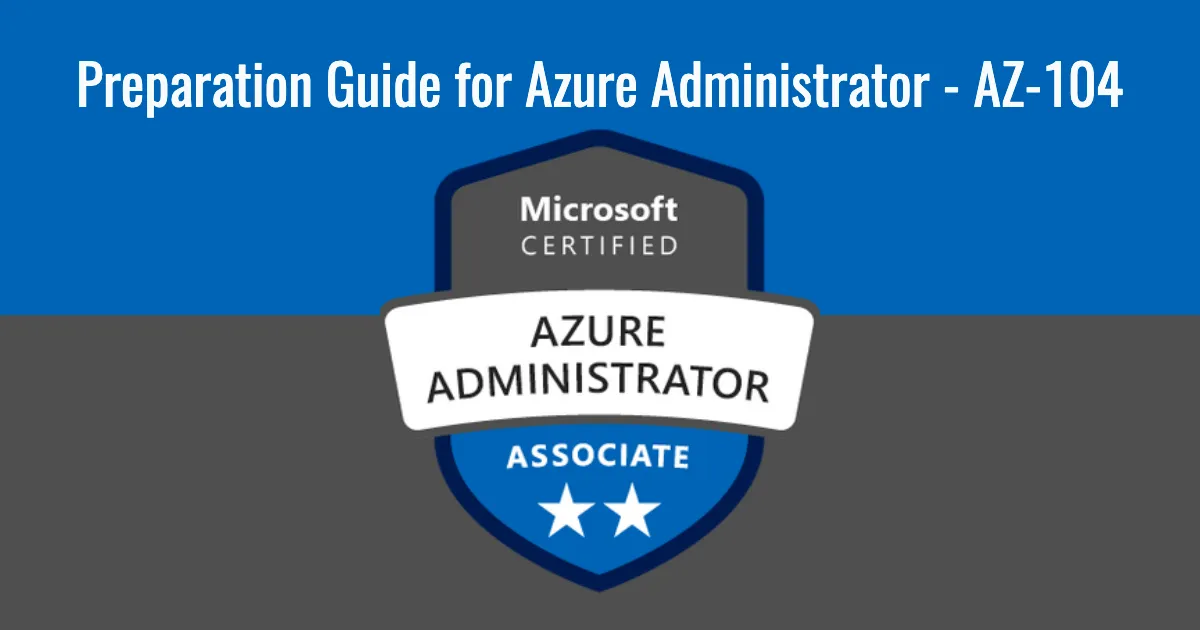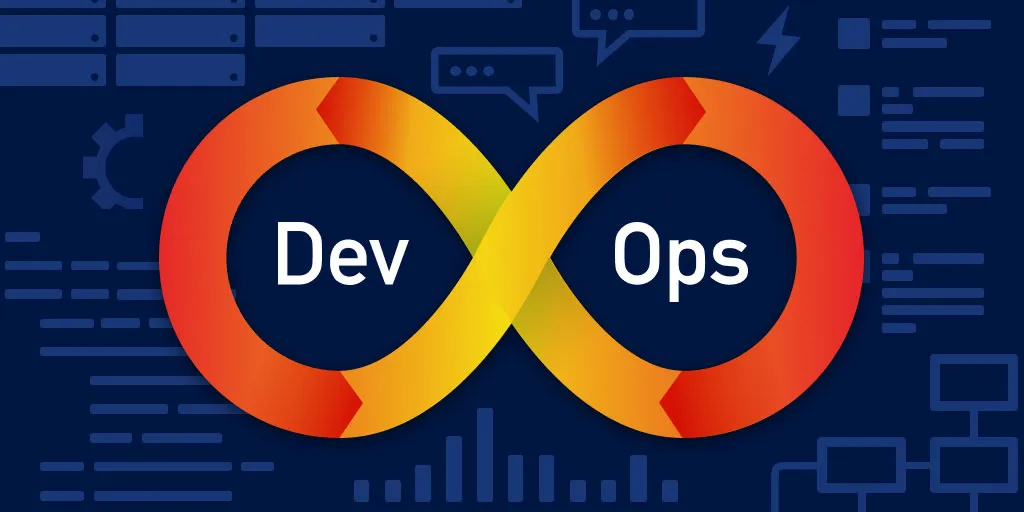Azure Solution Architects Design Training course are taught how to create infrastructure solutions in this course. Governance, computation, application architecture, storage, data integration, authentication, networks, business continuity, and migrations are all covered in the course material. Basic concepts of architect design are demonstrated throughout the course through a combination of lecture and case studies.
Audience Profile
To attend this Azure Solution Architects Design Training course, participant must have the knowledge of the following:
IT operations, such as networking, virtualization, identification, security, business continuity, disaster recovery, data platforms, and governance, are areas of expertise and knowledge for successful students. Additionally, students acquire experience architecting and creating solutions.
Objectives
Create a solution for governance.
• Create a computational solution.
• Create the architecture for the application.
• Create solutions for data integration, computing, and governance.
• Create the architecture for the application.
• Create relational and non-relational storage designs.
• Provide solutions for identification, authorization, and authentication.
• Provide network and surveillance systems.
• Provide solutions with high availability.
• Provide disaster recovery and backup plans.
• Provide solutions for relocation.
• With one-on-one instructor tutoring following the course, you may keep learning and take on new challenges.
Prerequisites
Before attending this course, students must have previous experience deploying or administering Azure resources and conceptual knowledge of:
- Azure Active Directory
- Azure compute technologies such as VMs, containers and serverless solutions
- Azure virtual networking to include load balancers
- Azure Storage technologies (unstructured and databases)
- General application design concepts such as messaging and high availability
Course outline
Design a compute solution
- Provide A Solution For Containers;
- Identify Suitable Computing Technologies;
- Provide A Solution For Compute Provisioning;
- Suggest a method for automating compute management.
Design a network solution
- Recommend a solution for network addressing and name resolution
- Recommend a solution for network provisioning
- Recommend a solution for network security
- Recommend a solution for internet connectivity and on-premises networks
- Recommend a solution for automating network management
- Recommend a solution for load balancing and traffic routing
Design for migration
- Assess and on-premises servers and applications for migration
- Recommend a solution for migrating applications and vms
- Recommend a solution for migration of databases
Design authentication and authorization
- Tips for identity and access management
- recommend a solution for multi-factor authentication
- five steps for securing identity infrastructure
- recommend a solution for single-sign-on (sso)
- recommend a solution for a hybrid identity
- recommend a solution for b2b integration
- recommend a hierarchical structure for management groups
Design governance
- Recommend a solution for using azure policy
- Recommend a solution for using azure blueprint
Design a solution for databases
- select an appropriate data platform based on requirements
- overview of azure data storage
- recommend database service tier sizing
- dynamically scale azure sql database and azure sql managed instances
- recommend a solution for encrypting data at rest, transmission, and in use
Select an appropriate storage account
- understanding storage tiers
- recommend a storage access solution
- recommend storage management tools
Design data integration
- Recommend a data flow
- Recommend a solution for data integration
Design a solution for logging and monitoring
- Azure monitoring services
- azure monitor
Design a solution for backup and recovery
- recommend a recovery solution for hybrid and on-premises workloads
- design and azure site recovery solution
- recommend a solution for recovery in different regions
- recommend a solution for azure backup management
- design a solution for data archiving and retention
Design for high availability
- recommend a solution for application and workload redundancy
- recommend a solution for autoscaling
- identify resources that require high availability
- identify storage types for high availability
- recommend a solution for geo-redundancy of workloads
Design for cost optimization
- Recommend solutions for cost management
- Recommended viewpoints for minimizing costs
Design an application architecture
- recommend a microservices architecture
- recommend an orchestration solution for deployment of applications
- recommend a solution for api integration
Design security for applications
- security for applications and services
- recommend a solution using key vault
- recommend solutions using azure ad managed identities
Overview
In addition to teaching Azure Solution Architects how to create infrastructure solutions, this course equips you with the skills you need to pass the AZ-305 certification test. Governance, computing, application architecture, storage, data integration, authentication, networks, business continuity, and migrations are all covered in the course material. In order to illustrate fundamental ideas of architect design, the course mixes lectures with case studies.
IT specialists with a strong background in developing and executing Microsoft Azure solutions are the target audience for this Azure course. They ought to be familiar with all aspects of IT operations, such as budgeting, data platforms, governance, disaster recovery, virtualization, networking, security, and identification. Applicants for this course should be proficient in Azure development and management, as well as having worked with DevOps procedures. When they get more experienced, Azure Solution Architects use the Command Line Interface in addition to the Azure Portal.




